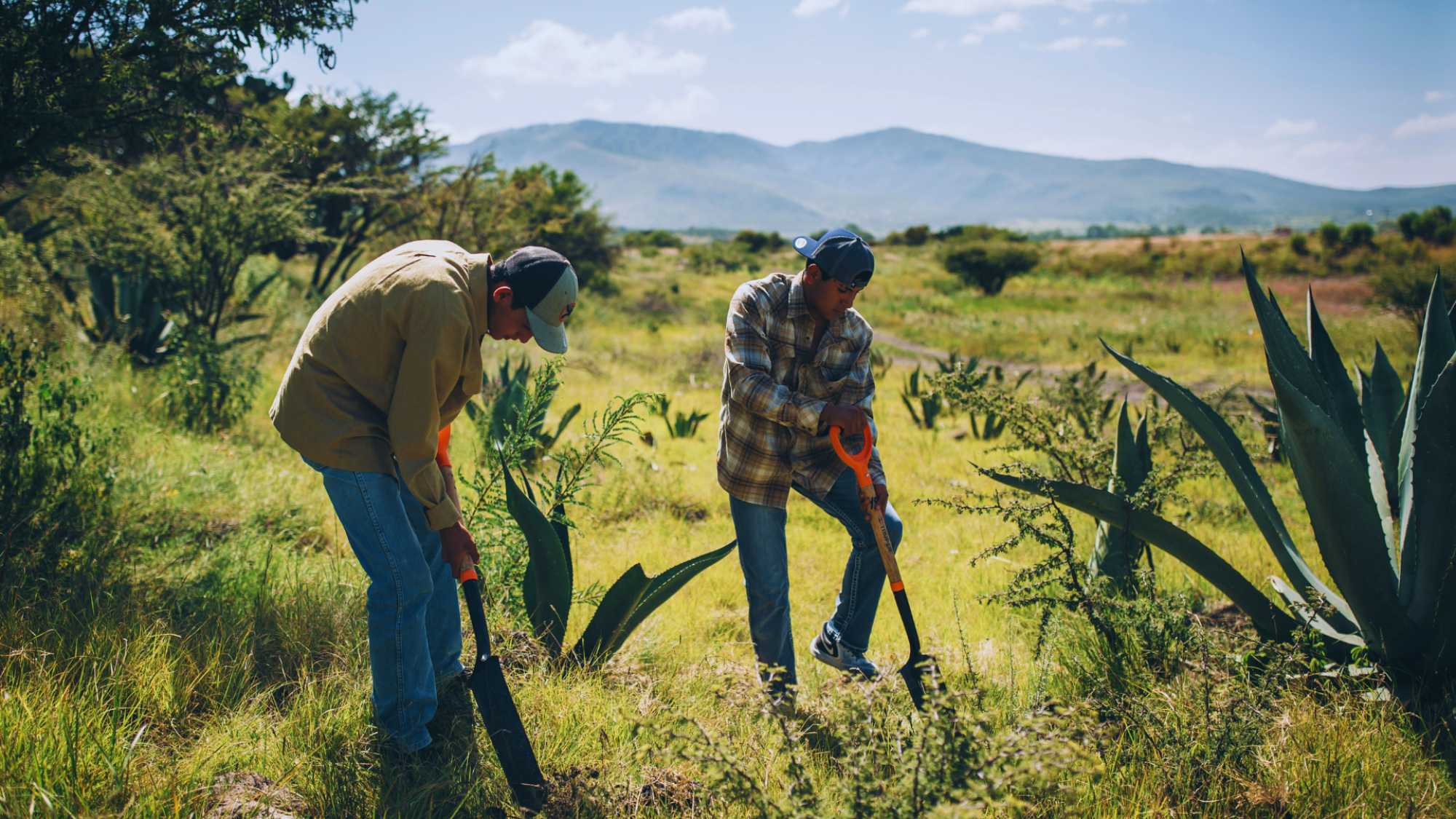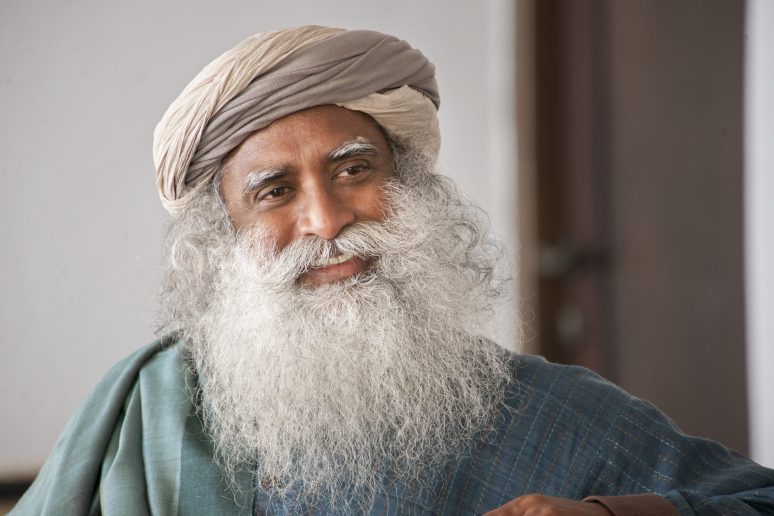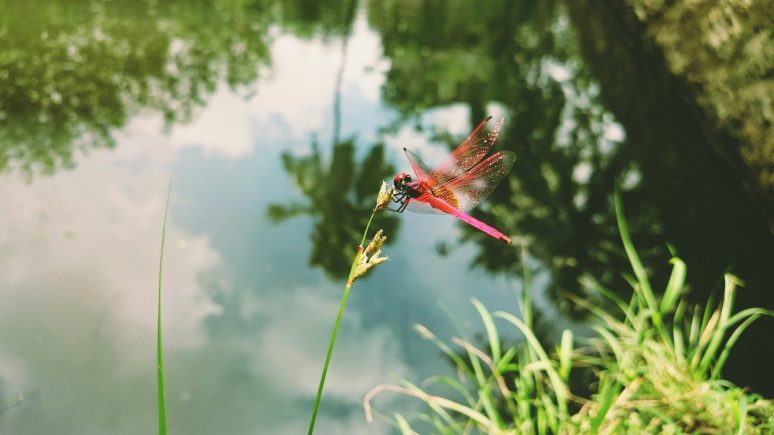
Three things you need to know about planting trees
Stop thinking about individual trees, and consider whole living ecosystems.
As much as we love planting trees, restoring our planet requires much more. Now, more than ever, is the time to embrace the concept of whole systems… ecosystems to be precise. Let’s take a deep dive into how the ground-up techniques that ecosystem restoration communities are using, alongside planting trees, to create long-lasting success in their restoration initiatives. The good news is that these are things that you can do too.
ERC Elk Run Farm, Colorado USA
What is an ecosystem, and why is it important?
An ecosystem in general contains all life that is interconnected with one another. A simple way to break this down, is through these elements…
- The soil, with its micro-organisms, root systems, mycelium and fungi, insects, decaying debris, etc.Then you have your
- Ground dwellers. Both flora, fauna and non-living elements like mosses, grasses, snakes, rabbits, bushes, water sources and rocks.
- Larger elements, like trees in all shapes and sizes.
- Last but not least, the animals, birds and insects that rely on them and other large non-living objects.
All of these factors play a role in an areas microclimate which creates specific habitats for specific wildlife (and us). So why is this important?
The healthier an ecosystem is, the more ecosystem services it provides. Ecosystem health makes a big difference in our everyday lives as well as to the survival of other animals and plants. Some of these ecosystem services include plants cleaning air and filtering water, as well as root systems from plants and trees holding soil in place, preventing wind and rain erosion. It;s also important to consider the pollinators that must be attracted to something, in order to do their jobs to give us food. There must be flowering plants present for that to happen. These are just a few examples, but there are endless reasons why we need thriving ecosystems.
Thinking holistically and making connections
Planting trees is not a bad thing – it’s one important step in creating a holistic, thriving environment that mimics nature. When restoring a degraded plot of land, we must have a sense of what was there before, and what’s there now. It’s important to ponder wider elements of the ecosystem, such as how water flows, or whether there’s any ground cover already established. These questions help us to understand what is appropriate to grow and what will replenish the soil and allow us to be more successful in attracting animal biodiversity, long-term plant and tree survival.
These points are not only important for forests. A vast number of communities (animals, plants and humans of course) live in drylands and grasslands. By focusing on building back health and resilience after mechanical or extreme weather events from the ground up, we are better defending our communities from floods, drought, and wildfires, and actively restoring our precious water sources. What’s more, these impact effectiveness of carbon capture and sequestration.
Let’s turn the planet green.
The next time you get the opportunity to do some tree planting, do earth a favour and consider these 3 things first…
1. Is this soil healthy? Is it stable enough to support this tree on its own? Does the soil need some tender loving care?
There could be soil compaction and permeability issues going on, or maybe significant wind/water erosion. You may notice cracked or flaking soil (not good!) Or you may notice a lack of topsoil (also not good!), which is generally darker/richer in color than the soil underneath. That’s all the yummy stuff that nature leaves behind from decaying plants, animals and microorganisms.
*A note about soil health. Don’t let this part intimidate you. The simple act of observation is the key. Once you have the inclination that something is wrong, there is so much knowledge and information out there to easily remedy this. (You could try Ecosystem Restoration Camps or Earthed course for example.)
2. Did anything disturb this land before that might have contaminated it like mining, chemical spills, pesticide/herbicide use, land fill waste, or oil and gas extraction?
All these things can be remedied, albeit each having their own timeline and level of difficulty, but that does not mean you cannot plant. You just need to make the right decisions about what, where and when to plant. This is to help give your trees/plants the best survival rates as possible and to ensure a thriving ecosystem.
3. Maybe this tree would be happier with a few buddies next to it?
Could the soil benefit from more diversity, such as nitrogen fixing plants? Or maybe you have determined that the soil is compacted and non-permeable so the soil could benefit from adding a couple of plants with long tap roots, that can penetrate and break up the compaction. One good way to gauge this is by looking around the immediate parameter to see if there are other similar trees thriving in the area.
Photo credit: Joel Caldwell. ERC Via Organica, Mexico
This may seem like a lot of prep-work to do before you start any tree planting but the very small investment in time spent doing a little research about the land you are on will pay you, and the planet, back in the future. Your tree will have the best chance at surviving long-term and the surrounding soil and ecosystem will be happier for it.
So, when you are tree planting, why not pop in a native plant or two, a nitrogen fixer and some lovely flowers that will attract pollinators? It’s like a concert. One instrument may sound beautiful but a whole orchestra brings the music alive! And think of what will happen now if you’ve created a mini habitat – life is restored.
Ecosystem Restoration Communities (ERC) is a global movement that is helping nature heal itself by planting, restoring soil and water systems, and increasing biodiversity on degraded land.
ERC believes that involving communities is key to lasting, systemic change. That’s why, at more than 60 locations across six continents, ERC is empowering local teams to ensure that restoration initiatives receive the expert care needed to survive and thrive.
The communities are restoring 9 million m² of land with more than 3.1 billion m² planned for in the future. While over 3.2 million plants and trees have been planted, ERC understands that ecosystem restoration goes beyond just planting trees or capturing carbon, so they measure progress in Future Square Meters (FM2). The earth is restored, nature and local livelihoods return, and climate change is reversed, one meter at a time.
Learn more about who we are and how you can be an earth restorer too at www.erc.earth
Author: Melissa Croteau for Ecosystem Restoration Communities


